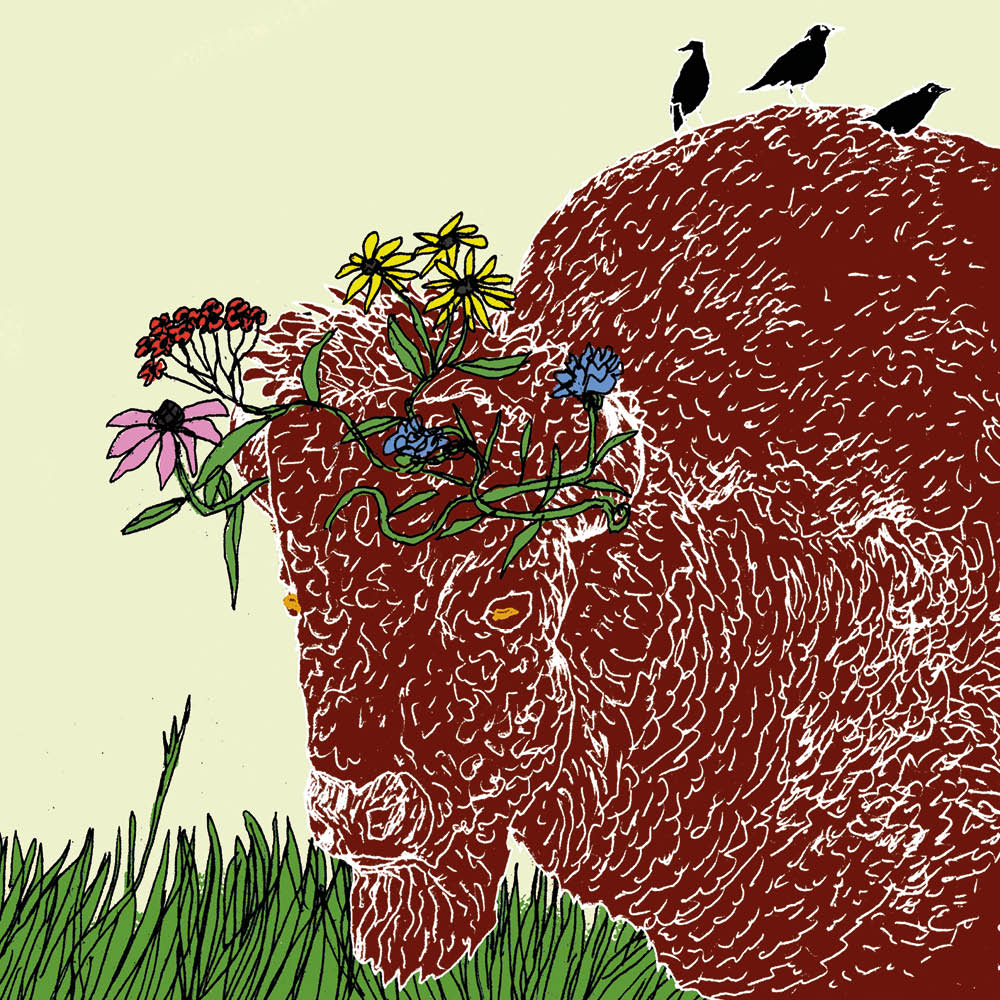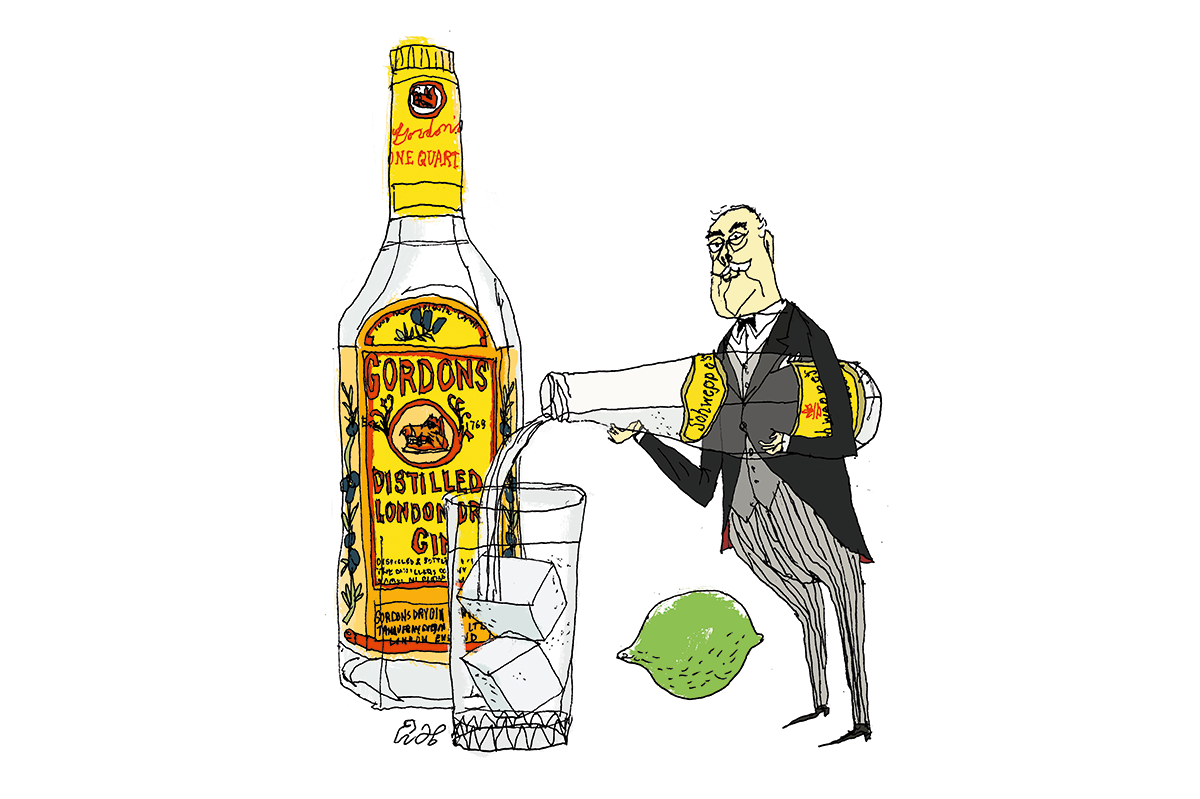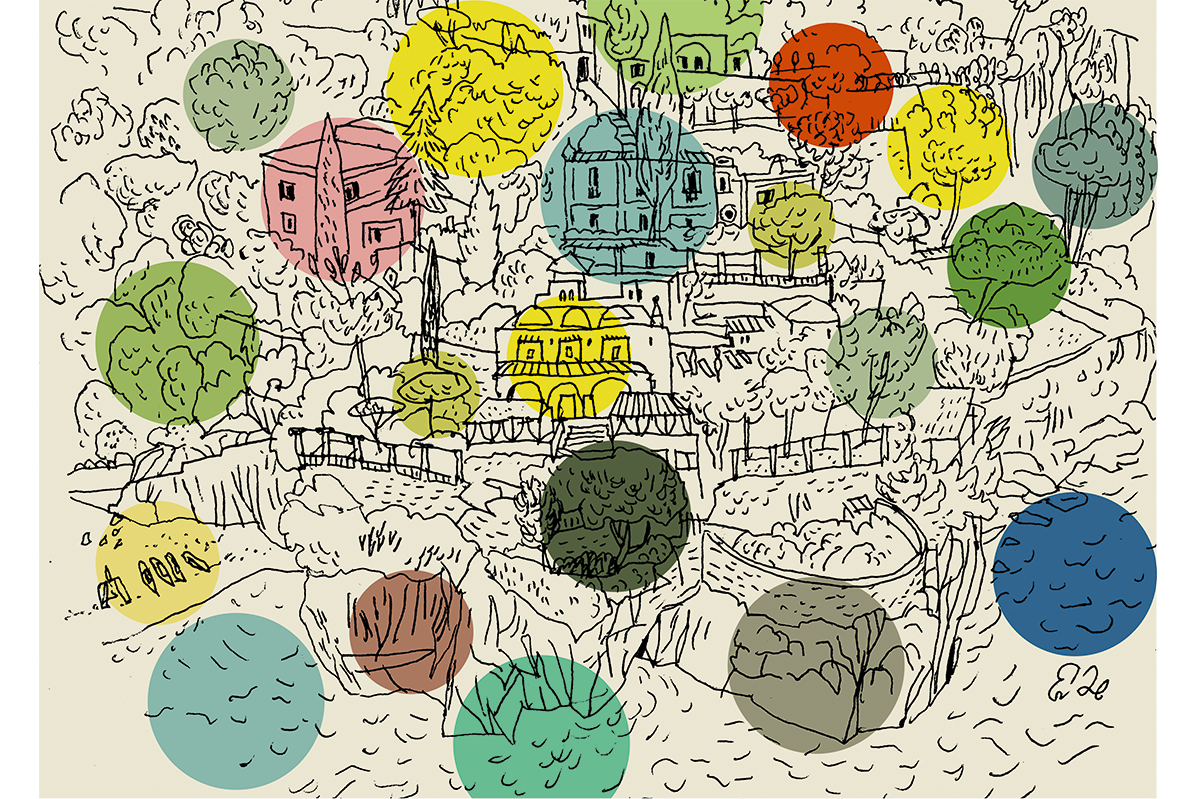I recently found myself scrolling World Cement Weekly in search of news of a massive rewilding project in northern Mexico, created and funded by the cement giant Cemex. The growing success of the rewilding movement is strangely little known — though there are now places that are wilder, more vibrant, more teeming with life than they have been for centuries, few outside the movement know anything about them.
Two decades ago, a nature-loving chief executive of Cemex decided that the company would acquire 346,000 acres of degraded land on Mexico’s border with America, an area larger than Los Angeles, renamed the El Carmen Nature Reserve. Working in cooperation with landowners on both sides of the bor- der, miles of barbed wire fencing have been removed; invasive trees and other plants cleared out; concrete dykes, culverts, dams and other hydrological infrastructure broken apart so that water is free to flow, eddy and pool as it likes across the land. A great, vibrant mosaic of grasslands, savannah and forest is reawakening, and wildlife is pouring back in. Desert mule deer, white-tailed deer and black bears have returned of their own accord, while the team has carefully reintroduced pronghorn antelope, bighorn sheep and even American bison, now num- bering in the hundreds. These are the first free-living bison in the plains of northern Mexico for nearly two centuries, and they are a source of immense pride and satisfaction for Alejandro Espinosa Treviño, who has led this project from the start.
Two thousand miles away, in northern Montana, the American Prairie project is quietly rolling out a prairie restoration on a scale never previously attempted, with the goal of piecing together, opening up and restoring to a wild state an area comparable in size and splendor to Africa’s mighty Serengeti. Already hordes of school children and other visitors flock to spend time in landscapes that have not been seen in America since the arrival of the Europeans.
Just to the west, the ambitious Yellowstone to Yukon Initiative seeks to create a corridor of wildlife habitat stretching two thousand miles up through the continent’s rugged northwest. The inspiration came from a lone female wolf who managed to make that perilous journey south, dodging traffic, infrastructure, farms and hunters, before being shot on arrival in Wyoming. One of the initiative’s main achievements has been the establishment of wildlife crossings over highways, so-called green bridges, which benefit people as well as animals by dramatically reducing road-traffic collisions with wildlife. The results are already astounding. Caribou and elk migration routes that have been severed for decades are open once more, and grizzlies are making a steady recovery southwards and eastwards. A Florida plan is devoting significant resources to recreating its own wildlife corridor up into Georgia, and further north there’s even talk of reintroducing cougars to tackle surging deer numbers and an ecosystem that is tipping dangerously out of balance in the Atlantic Northeast.
It’s not just in America that rewilders are on a roll. The recovery of iconic wildlife in Europe has been one of the great conservation success stories. European brown bears, wolves, wolverines, lynx, bison, moose and beaver, some of which were on the brink of extinction just a few decades ago, are reconquering huge swaths of their former range. Legal protection played a big part in this, alongside farm abandonment and the unintentional rewilding of the continent’s least agriculturally productive landscapes, and the establishment by communities, nature organizations and governments of core rewilding areas. At least two dozen can now be found from Swedish Lapland to Spain’s Iberian Highlands, to Italy’s Apennines, to the wilds of Romanian Carpathia. A growing body of evidence shows that it doesn’t take much for nature to come roaring back to life: All we need do is take our foot off its throat. Often this means proactively restoring missing keystone species, such as European bison, which by their grazing, browsing, trampling and dung contribute to the restoration of complex, sun-dappled woodlands that simply abound with life. Or beaver, which dam the smaller creeks and streams to create strings of pools, awash with the color of wildflowers, magnets for creatures of all kinds and vital to the healthy functioning of watersheds.
It’s hard to think of a movement more overbrimming with optimism, joy and meaning than the one that is dedicated to restoring wild places, of which so few remain. Rewilding may be the most powerful tool we have for restoring equilibrium to our ecosystems; we need nature not only for everything we have and everything we do, but in other ways we barely understand. A brief time spent out of doors, walking, swimming, hunting or turning the soil to plant potatoes in the backyard is restorative in a way that nothing else can be. It’s happening — from the Caribbean to Kazakhstan, Chile to China, Spain to Saudi Arabia, new initiatives being born and efforts ramped up, bit by bit rewilding the world. Who knew you could learn so much from World Cement Weekly?
Ben Goldsmith is the host of the Rewilding the World podcast. This article was originally published in The Spectator’s July 2024 World edition.























Leave a Reply